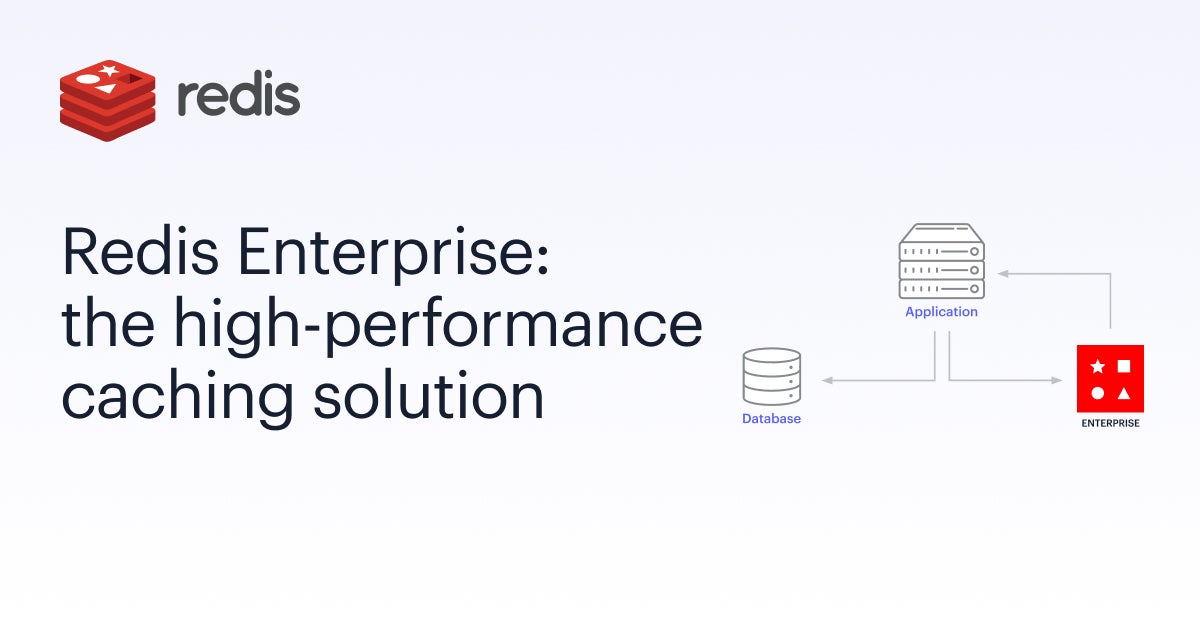Simplifying Redis: Harnessing the Power of In-Memory Data Storage
 Mithun Srinivas
Mithun Srinivas
In today's digital age, where speed and responsiveness are key, efficiently managing data is crucial for any application. Enter Redis, a versatile tool designed to handle data storage and caching needs efficiently. But what exactly is Redis, what problems does it solve, and why should you care? Let’s explore Redis in simple terms with relatable examples.
What is Redis?
Imagine you're a librarian managing a small library. You have a special shelf right next to your desk where you keep the most borrowed books for quick access. Redis is like that special shelf—it's an open-source, in-memory data structure store that acts as a super-fast cache and database.
In technical terms, Redis stores data in RAM (Random Access Memory), making it incredibly fast for read and write operations. It supports various data structures like strings, hashes, lists, sets, and more, which can be manipulated with atomic operations.
What Problem Does Redis Solve?
Before Redis, developers faced challenges such as:
Slow Data Access: Traditional databases often struggle with fast data access, especially when dealing with high read and write volumes.
Scalability Issues: Scaling databases to handle increasing user loads and data volumes without compromising performance was complex and costly.
Caching Complexity: Managing application-level caching to improve performance and reduce load on backend servers required additional infrastructure and maintenance.
Redis addresses these issues by providing:
High Performance: Data stored in RAM allows Redis to achieve millisecond response times, making it ideal for use cases where speed is critical, such as real-time analytics and session management.
Scalability: Redis can be clustered to distribute data across multiple nodes, allowing horizontal scaling to handle growing data sizes and user loads.
Built-in Data Structures: Redis supports various data types and operations, making it versatile for different application needs without the overhead of complex querying.
Advantages of Using Redis
Let’s explore the benefits of Redis with simple, everyday examples:
Fast Data Access:
- Example: Think of Redis as a high-speed delivery service for frequently accessed information, ensuring quick retrieval of data like user sessions or product catalog information.
Efficient Caching:
- Example: Imagine a bakery that keeps popular items near the counter for quick customer access. Redis acts similarly, caching frequently requested data to reduce database load and improve application performance.
Real-time Analytics:
- Example: Consider a live scoreboard at a sports event that updates instantly as goals are scored. Redis allows applications to process and analyze data in real-time, providing immediate insights and updates.
Pub/Sub Messaging:
- Example: Think of Redis as a radio station broadcasting updates to subscribers in real-time. It facilitates message passing between different parts of an application, enabling efficient communication.
Conclusion
Redis is a powerful tool that simplifies data storage, caching, and real-time processing, making it invaluable for modern applications striving for speed, scalability, and efficiency. Whether you’re building a new application or optimizing an existing one, understanding Redis can enhance your data management capabilities significantly.
Explore Redis and unlock its potential to elevate your application’s performance and responsiveness. Happy caching!
Subscribe to my newsletter
Read articles from Mithun Srinivas directly inside your inbox. Subscribe to the newsletter, and don't miss out.
Written by
